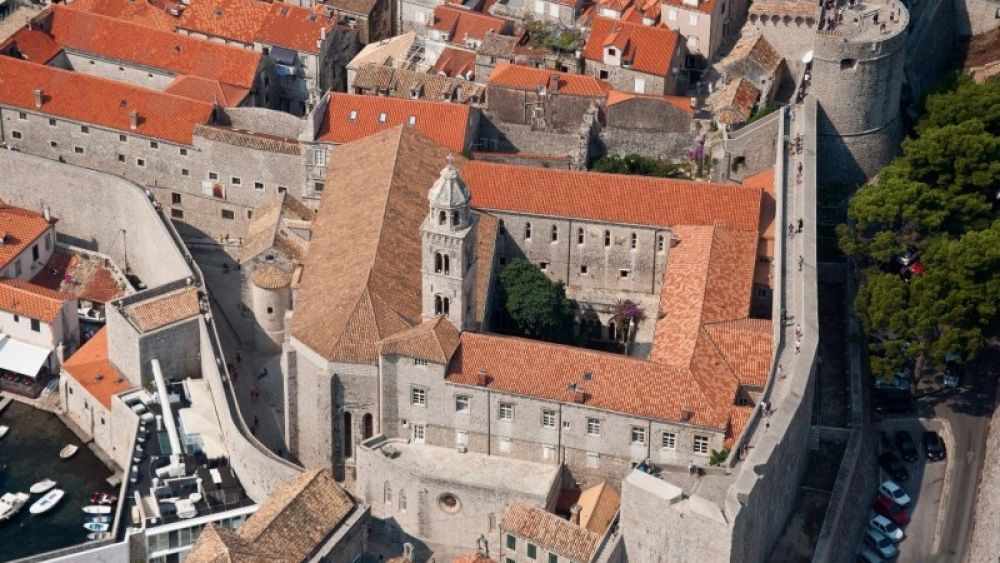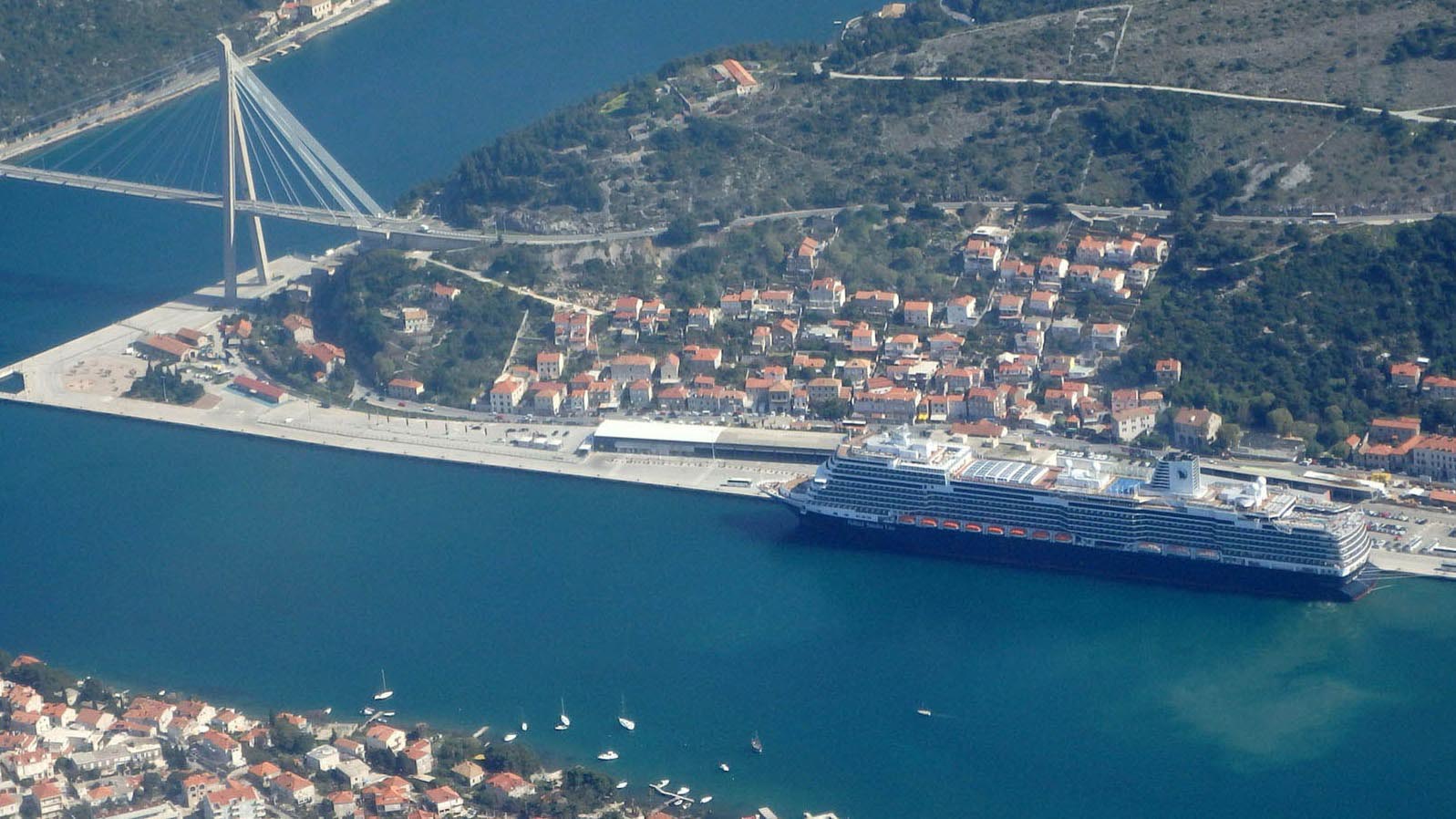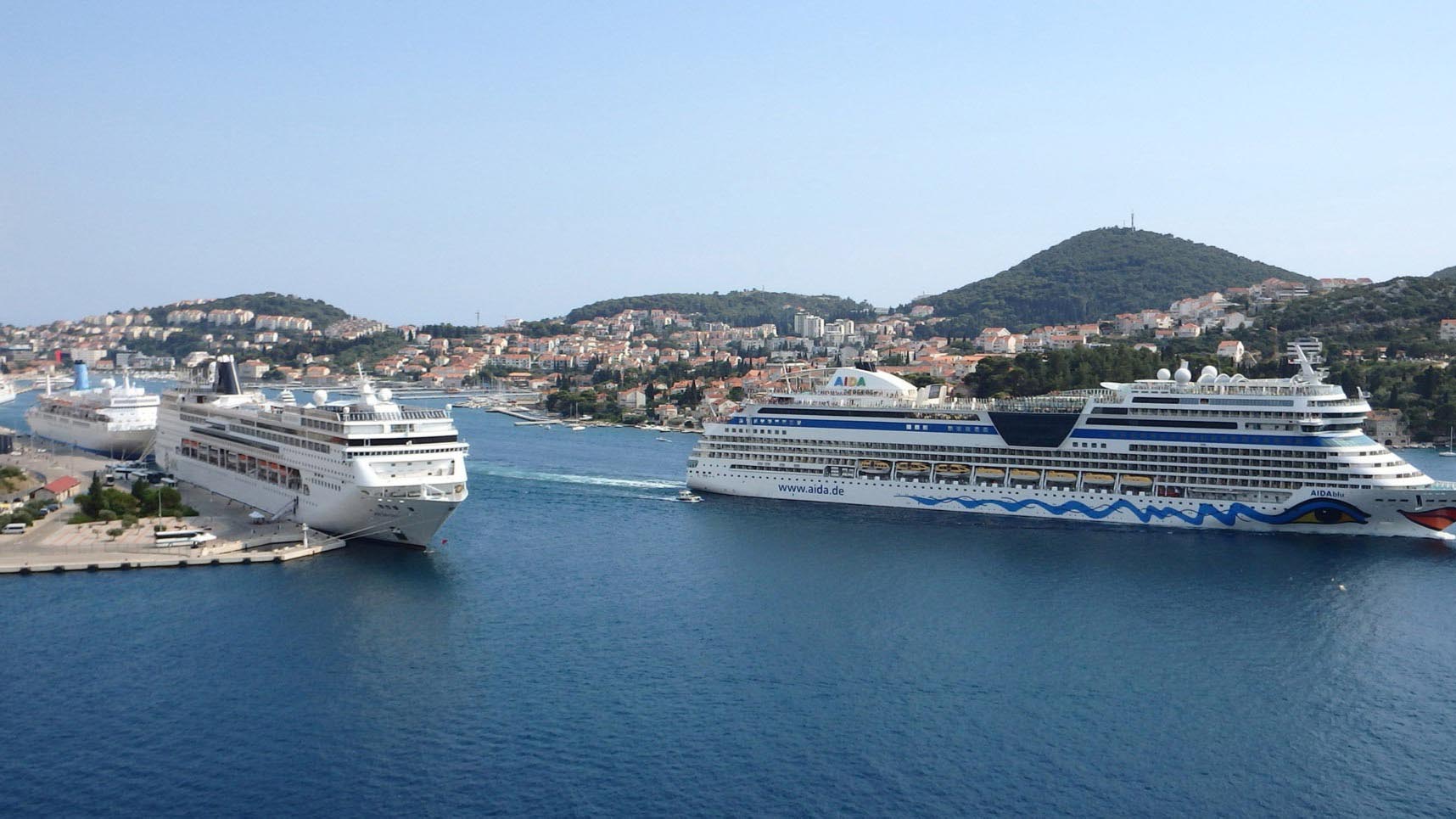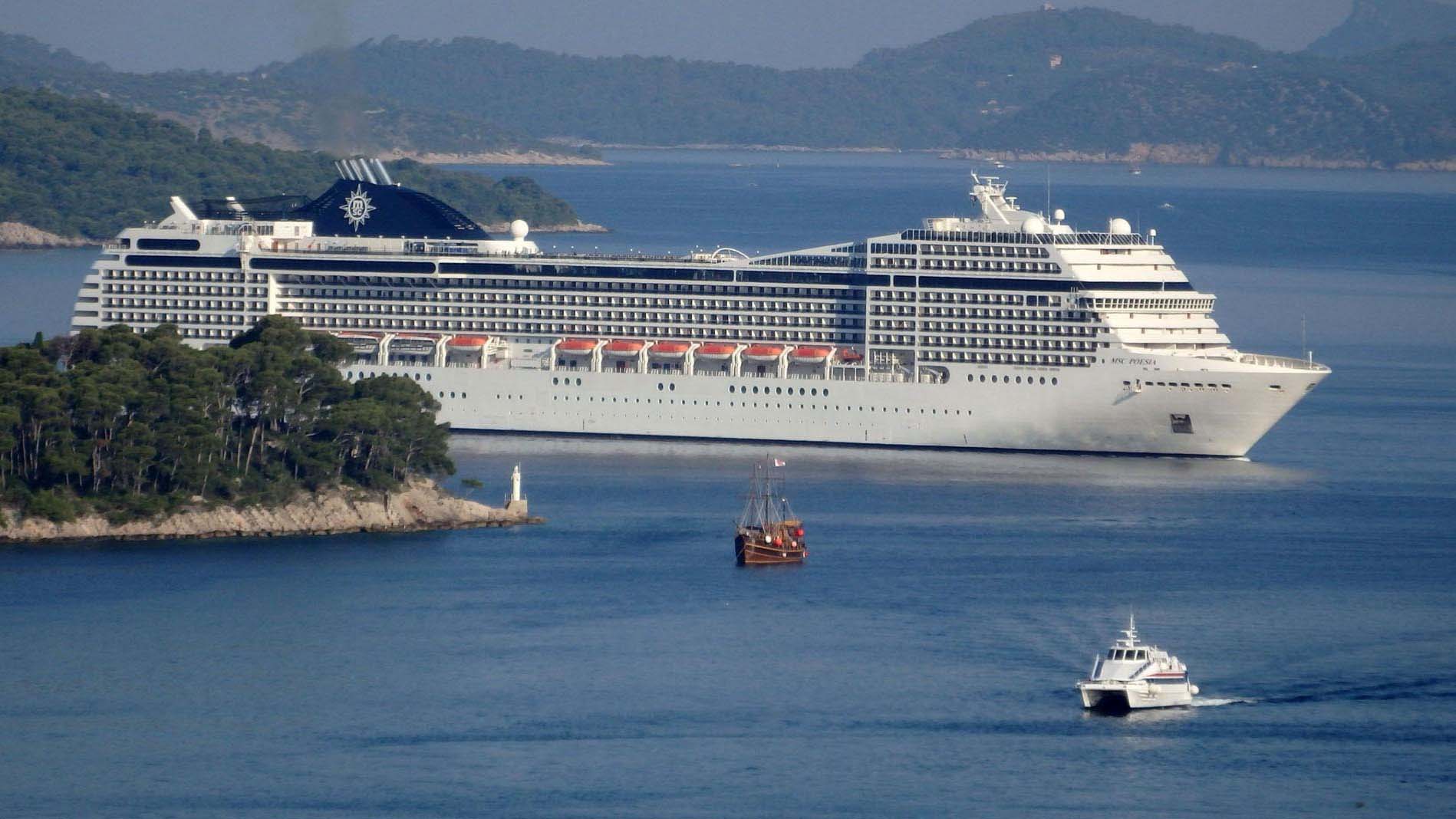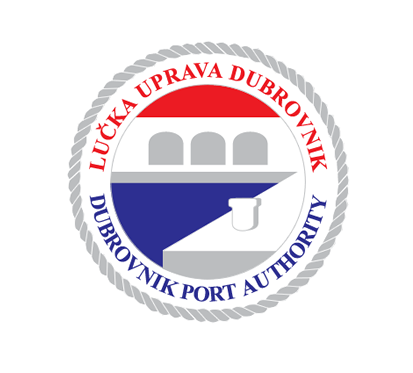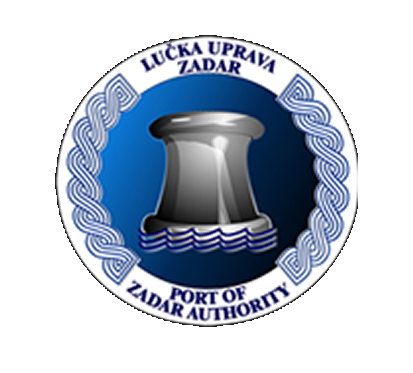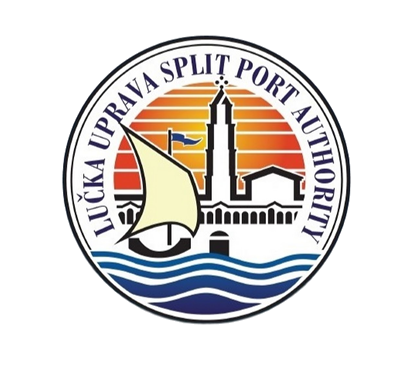ATTRACTIONS
The jewel in the crown of the Croatian Adriatic coastline is undoubtedly Dubrovnik. A city of stone seemingly floating on the turquoise blue sea, a city of stepped in culture, a walled city that has survived for centuries, a city of peace and one of the most romantic destinations in the world. Dubrovnik is situated in the far south of Croatia, the city was originally called Ragusa and was formed in the 7th century.
Over the next five centuries Ragusa expanded and by the 15th century was one of the most important cities in the Mediterranean. The walls that still surrounded the city today were built over centuries to protect the Republic of Dubrovnik. Through diplomacy and influence Dubrovnik remained a strong power and in the height of the Republic had embassies all over the world.
Dubrovnik today owes much to its past. The beauty of the old historic city and the wonder of the nature have drawn tourists for many years. On visiting Dubrovnik George Bernard Shaw famously commented "those seeking paradise on earth should visit Dubrovnik” and millions from all over the world have followed this advice. The city became a UNESCO World Heritage Site in 1979 and is described by UNESCO as - a remarkably well-preserved example of a late-medieval walled city. It is a city that you need to see to believe, a city that once you have visited you will never forget, a city that will leave you breathless.
Dubrovnik Attractions
Dubrovnik City Walls
Stretching unbroken for almost 2 kilometres the Dubrovnik City Walls are the most popular tourist attraction, not only in Dubrovnik but throughout the whole of Croatia. These iconic walls encircle the entire Old City and are incredibly impressive. They form one of the oldest and best preserved defensive walls in the world and run for exactly 1.940 metres or 6,360 feet and the highest points reach 25 metres. They were constructed between the 12th and 17th centuries and have protected this unique city for centuries.
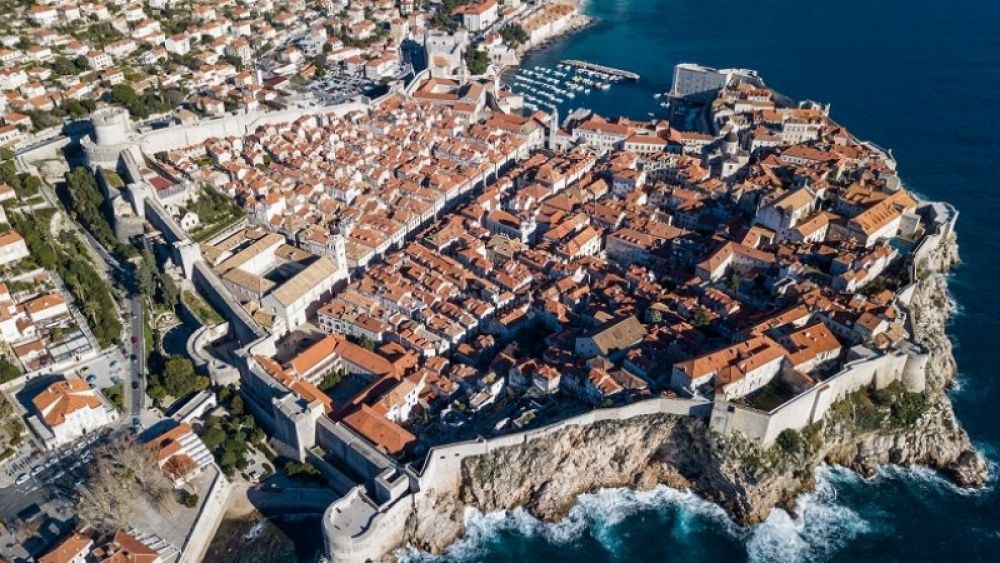
Stradun
Running as straight as an arrow through the very heart of Dubrovnik the Stradun is the main street that connects the city in so many ways. The limestone street stretches for around 300 metres and was constructed in the 13th century after a channel that used to separate two points of land was reclaimed. The east-west Stradun, or Placa, is today a main meeting place in the city. It is lined with shops, cafes and bars and is often the venue for major events in the city. Locals will promenade up and down the Stradun, so called Gir, and along the way greet friends.
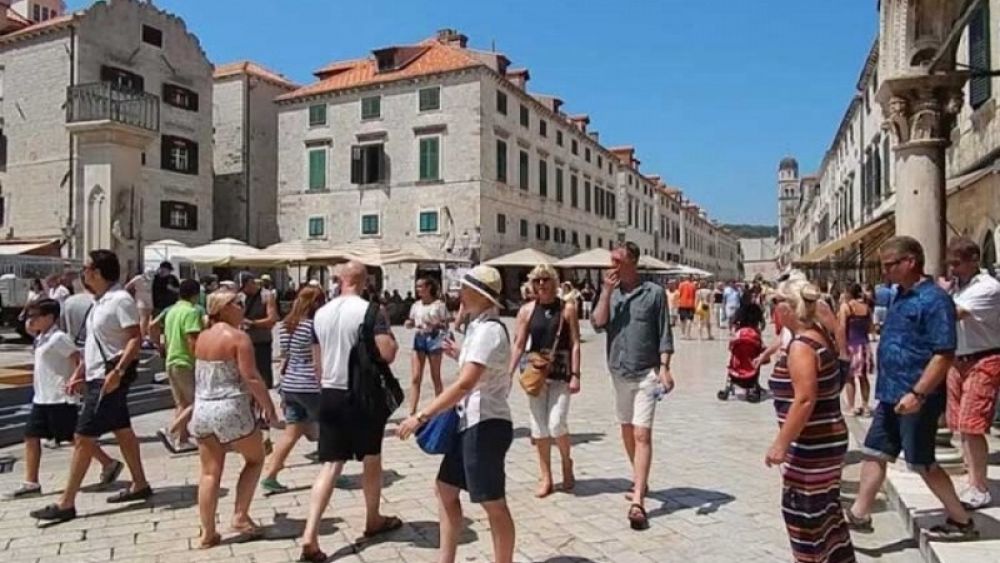

Sponza Palace
While visiting Dubrovnik you just can't miss the Sponza Palace, situated on the left side at the end of the main street Stradun and one of the most beautiful places in the whole city. This Gothic-Renaissance palace was built between 1516 and 1522 by Paskoje Milicevic Mihov and has preserved its original form. Its name comes from Latin word "spongia", the spot where rainwater was collected. The palace served multiple purposes, such as a customs office and bonded warehouse, mint, armoury, treasury, bank and school.
Orlando’s Column
Orlando has the best location in the city, on the main square between the Sponza Palace and the Church of Saint Blaise. This stone column shows a medieval warrior who holds a sword and shield in his arms. It was carved by domestic master Antun Dubrovcanin and master sculptor Bonino di Milano in 1418 and it's a symbol of the city's sovereignty and freedom. On top of the column there's a small platform suited for public proclamations. According to legend from the 9th century, Orlando saved Dubrovnik from a 15-month long Saracen siege and the column was erected in Orlando's honour by the citizens.
The city bell tower
Situated at the end of the Stradun the Bell Tower is one of the most iconic landmarks in the whole city. At an impressive 31 metres high the tower rise above the Stradun and with its distinctive bell marks the hour and the half hour. Constructed in 1444 the bell tower contains two very characteristic figures, the "Green Men” who strike the bell with their hammers. The original figures, affectionately known as "Maro and Baro,” are now housed in a museum, but their younger brothers responsibly ring the bell every day.
Great Onofrio Fountain
As you enter the historic city of Dubrovnik from the Pile entrance the Great Onofrio Fountain will greet you. This impressive fountain is one of the iconic landmarks of the city and served an important role in the times of the Republic. The fountain was built in 1438 and brought water to the city from a series of springs 12 kilometres away. It was constructed between 1438 and 1440 and was designed by the Italian Onofrio della Cava. Today the Great Onofrio Fountain is still a meeting point and a source of refreshment for tourists and locals with the sixteen stone gargoyles constantly supplying a source of fresh, clean water.
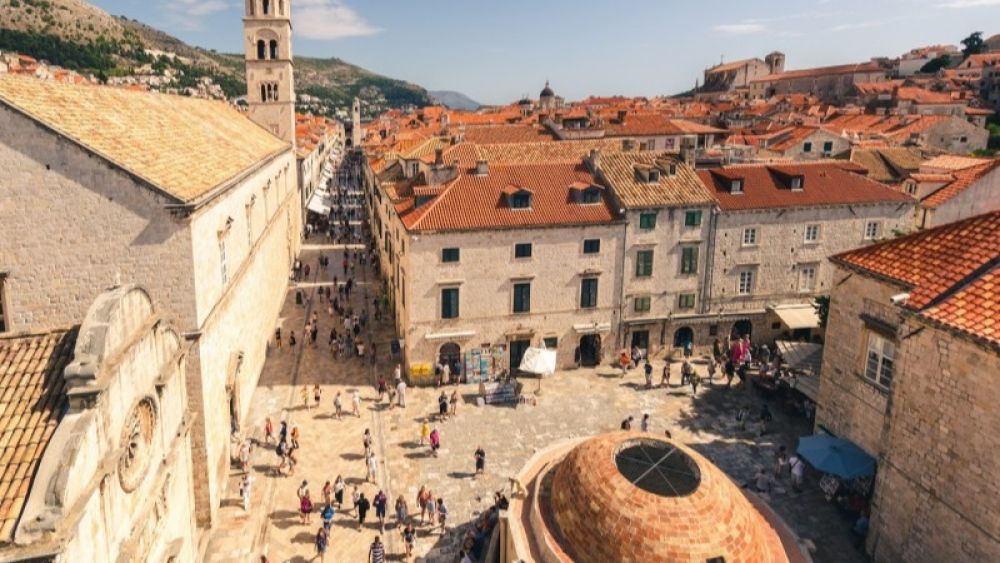

St. Blaise Church
Saint Blaise or Vlaho in Croatian is the patron saint of Dubrovnik and a church bearing his name dominates the centre of the historic centre of the city. According to legend from the year 971, Venetian ships anchored in Dubrovnik on the night of the 2nd to the 3rd of February under the pretence of taking up water and provision before proceeding further east. It is recounted that a man named "Vlaho” warned a priest named Stojko that Venetians were planning to attack the city. Later the priest alarmed the City and stopped the attack.
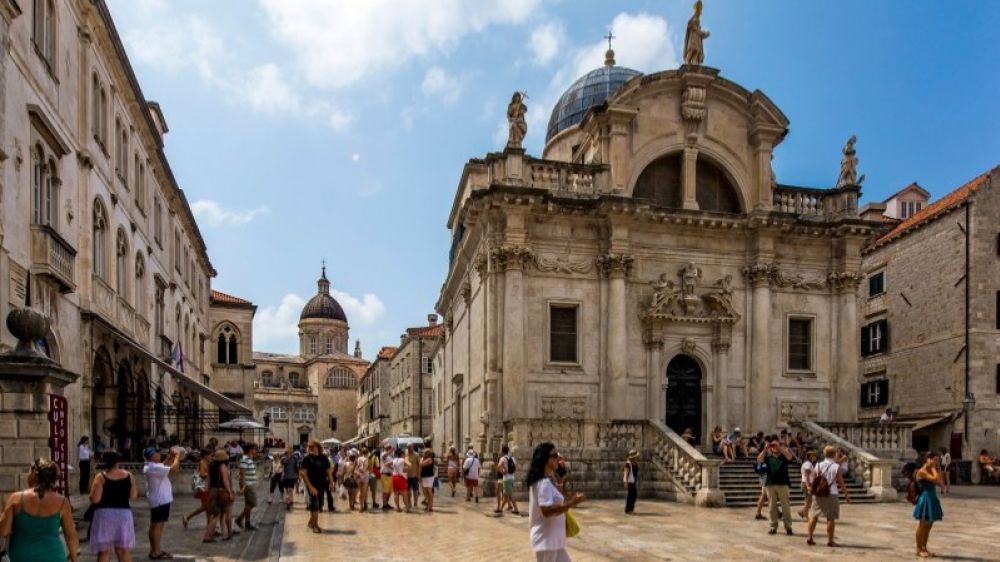

Lovrijenac Fortress
Rising 37 metres above the Adriatic Sea the Lovrijenac Fortress is an imposing structure that is part of the Dubrovnik City Walls defence system. Believed to be constructed in the 11th century the fortress dominates the western entrance to the historic Old City of Dubrovnik. Triangular in shape the thickness of the walls reaches up to 12 metres towards the seaside, however on the sides facing the land the thickness is only 60 centimetres. The reason for this differing thickness was that the fortress had its own commander and in case he decided to rebel the cannons from the city walls could easily break through the thinner inland walls. An inscription over the gate on the entrance to the fortress reads "Non Bene Pro Toto Libertas Venditur Auro” – "Freedom is not to be sold for all the gold in the world.”
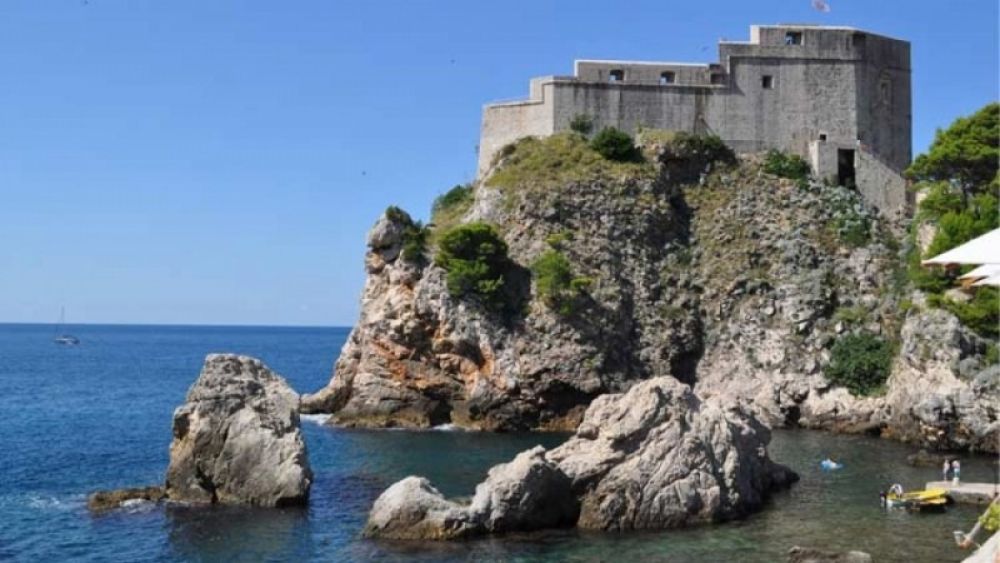

Minčeta Fortress
The highest point of the Dubrovnik City Walls the Minčeta Fortress is a symbol of the city. For many centuries the Minčeta Fortress has overlooked and protected the historic core of Dubrovnik. Construction on the mighty fortress began in 1319 but its appearance has changed over the years and it got its final completion in 1464. The crown of the fortress, one of the most recognizable sights in Dubrovnik, was designed and built by Croatian Renaissance master Juraj Dalmatinac.
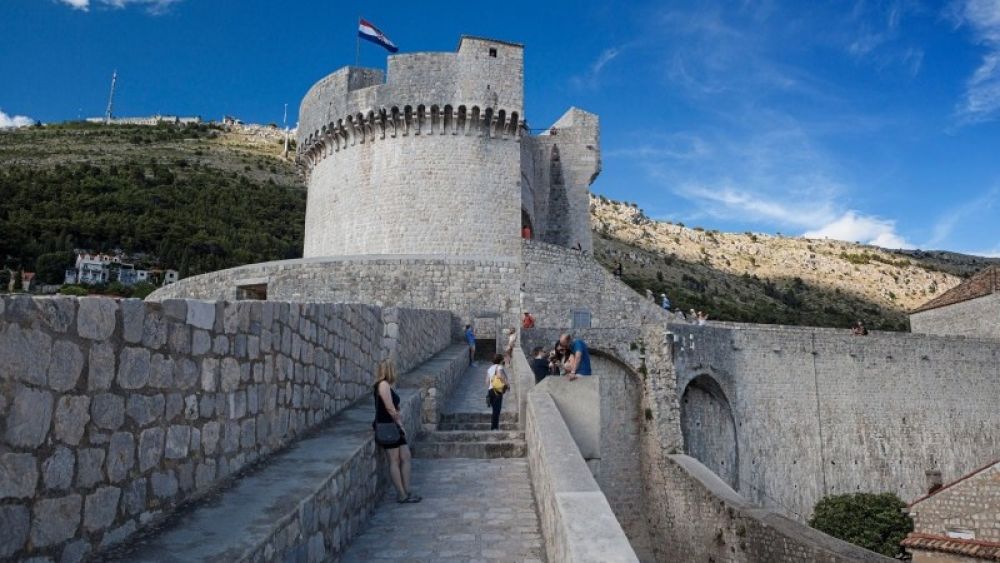

St Ignatius Church
This imposing and spectacularly ornate Jesuit Church is located in the Ruđer Bošković Square at the top of the famous baroque staircase that was modelled on the Spanish Steps in Rome. Constructed between 1667 and 1725 by the Italian architect Andrea Pozzo is takes its appearance from the mother church of the Society of Jesuit in Rome, the Church of the Gesù. Dominating the skyline the St. Ignatius Church was completed in 1725 and was partially funded by Jesuits from a noble Dubrovnik family. Significant pieces of art that decorate this sacral building were created by Gaetano Garcia, an Italian Baroque painter originally from Spain.
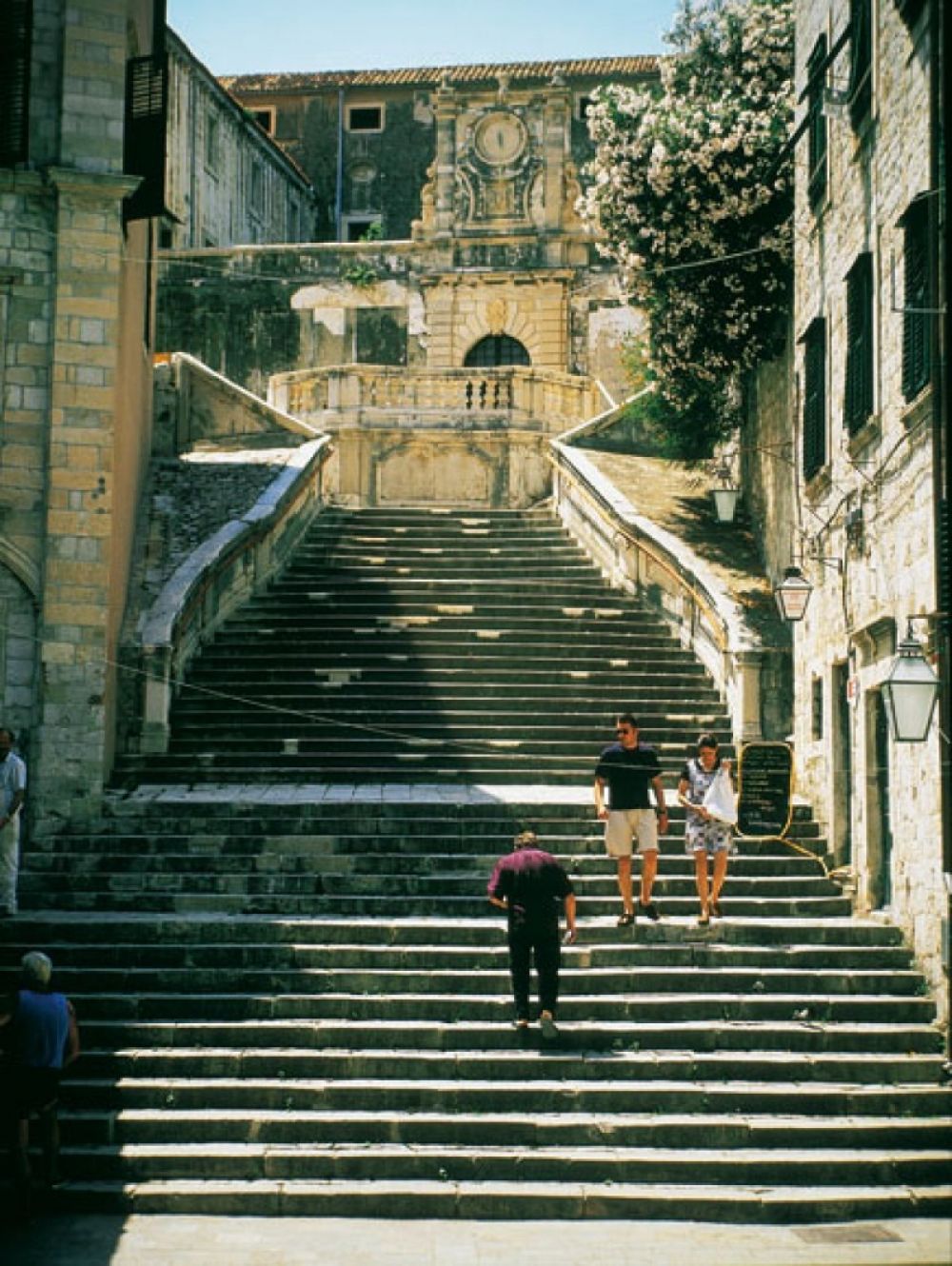

The Old Pharmacy
Situated in the Franciscan Monastery the Old Pharmacy is the third oldest pharmacy in the world, and is argued the oldest pharmacy still working today. It was established in 1317 in order to work for the monastery; however, over time the pharmacy was then opened to all the citizens of the Republic. For seven hundred years the pharmacy has been serving the citizens of Dubrovnik and even today you can find cures for your ailments inside.
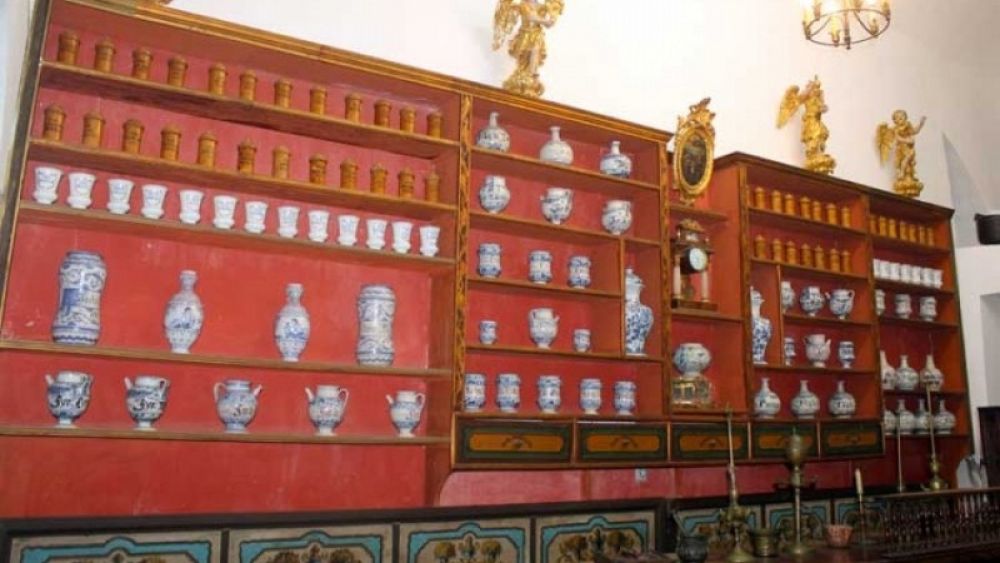

The Dominican Monastery
Located to the east side of the historic city centre is the Dominican Monastery. This impressive sacral building holds many interesting secrets. You reach the monastery entrance by climbing up a stone stairway with an equally impressive stone balustrade. It was constructed in the 14th century in a Gothic-Renaissance style and contains an exquisite cloister, which was added in the 15th century, filled with orange trees and palms. The cloister is an interesting experience, especially in the warmer summer months, and a nice break from the crowds.
